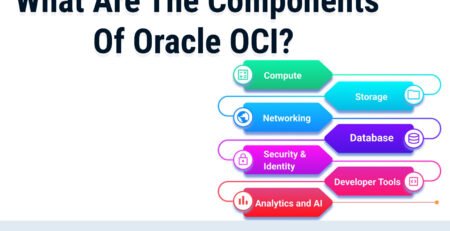What Is the Difference Between Insurance And Insurtech?
In an era of rapidly evolving technology and changing consumer preferences, the insurance industry has not remained immune to transformation. The emergence of Insurtech, a portmanteau of “insurance” and “technology,” has disrupted traditional insurance models, prompting many to wonder about the differences between the two and which one is superior to the other. We will explore the distinctions between insurance and Insurtech, highlighting how they coexist and shape the future of the industry.
Insurance, in its traditional form, is a financial arrangement in which individuals or organizations pay a premium to an insurance company in exchange for protection against specific risks. These risks could include accidents, illnesses, property damage, or other unforeseen events. The insurance company pools the premiums and uses them to pay out claims to policyholders who experience covered losses.
Insurtech is a product of the digital revolution that has reshaped various industries, including finance. It represents the application of technology and innovative business models to the insurance sector. It refers to technological innovations that are created and implemented so that there is an improvement in the efficiency of the insurance industry.
Traditional Insurance Vs Insurtech
There exist several distinctions between Insurtech and traditional insurance, which have the potential to disrupt the insurance industry by introducing more innovative and customer-centric services to the market.
1. Pricing – Traditional insurance companies have high operational costs due to their many physical branches and offline approach. In contrast, InsurTech companies leverage cost-effective online models, resulting in more affordable insurance policies. InsurTech firms highlight their streamlined, low-overhead, intermediary-free, highly scalable operations, and impressive growth rates as key advantages.
2. Buying Process – Traditional insurance often involves a complex and time-consuming purchasing process that can frustrate customers. In contrast, new-age insurance offers a straightforward and quick buying process, like the user-friendly approach used by major e-commerce companies, making it more familiar and comfortable for users.
3. Claims – The claims process is vital for an insurance company’s reputation. Traditional insurance often involves hurdles and difficulties for policyholders when filing a claim. New-age insurance focuses on providing a customer-friendly and hassle-free claim settlement process to address this issue.
4. Paperwork – Traditional insurance often poses obstacles for policyholders when making claims, resulting in difficulty. New-age insurance focuses on providing a customer-friendly and hassle-free claim settlement process.
5. Communication – Insurance is often seen as complex, mainly due to how information is presented. Traditional insurance uses technical jargon, while new-age insurance aims for clear and understandable communication. Digitally savvy younger consumers prioritize convenience and prefer remote transactions without direct interaction with institutions.
In conclusion, the primary difference between insurance and Insurtech lies in their approach to technology and customer service. Traditional insurance relies on established practices and industry standards, while Insurtech leverages technology to offer more tailored, efficient, and digitally driven solutions. However, these two worlds are not separate but interdependent, as the insurance industry adapts to meet the changing needs and expectations of customers. The future of insurance likely lies in a balance between traditional and technology-driven approaches, ensuring that consumers receive the best of both worlds.











